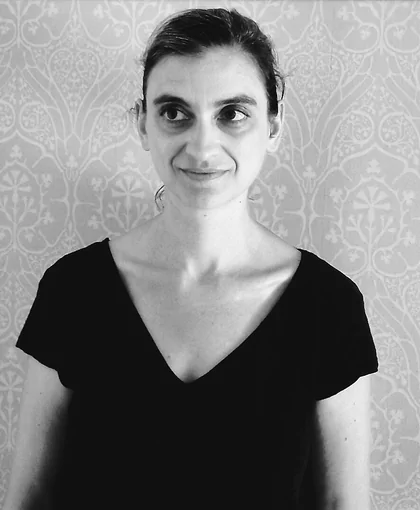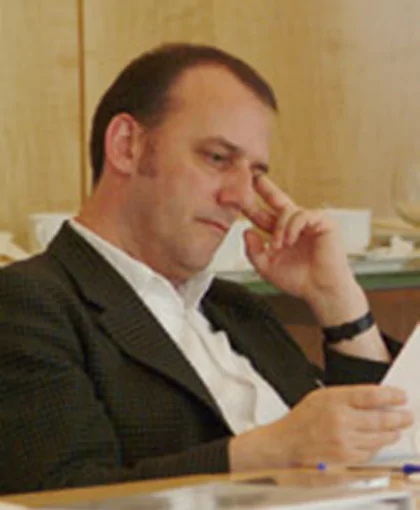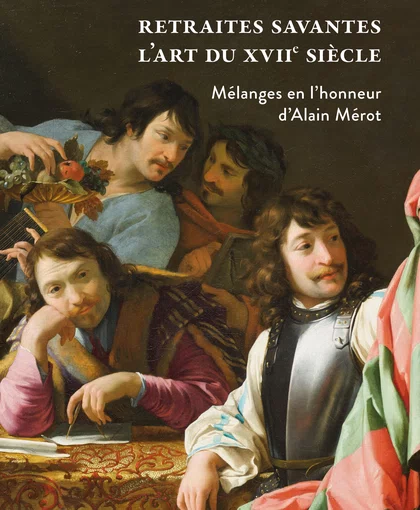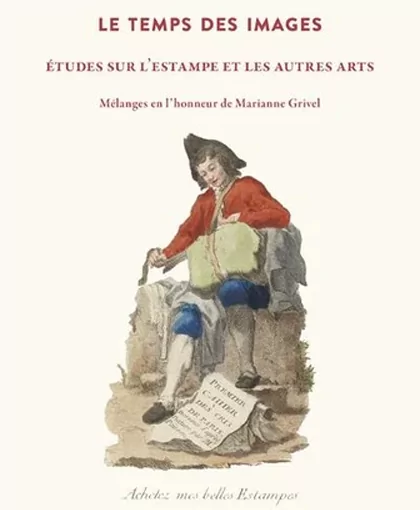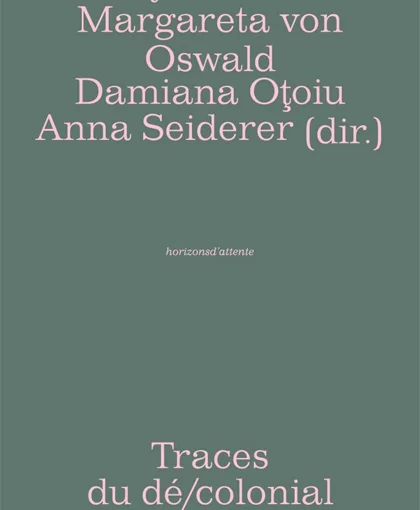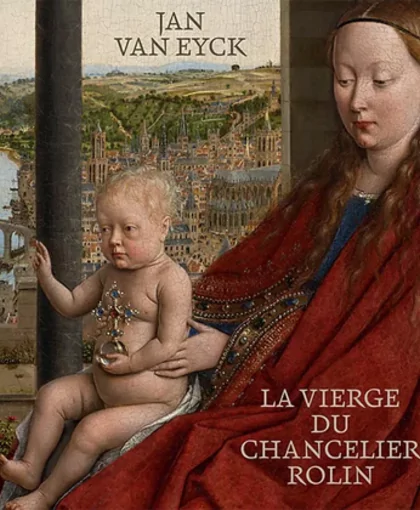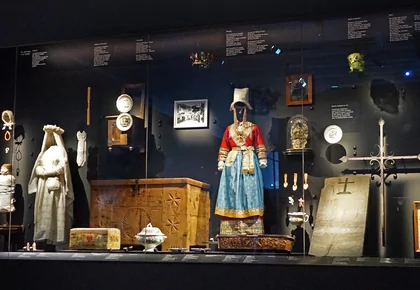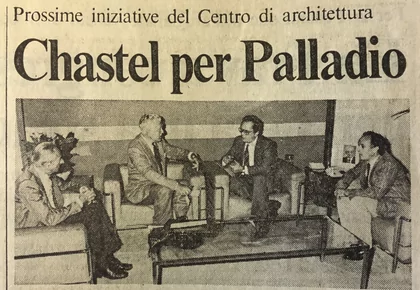Voir la Newsletter de janvier 2024 Pour vous abonner
3. Transfers, exchanges, movements in European and extra-European areas
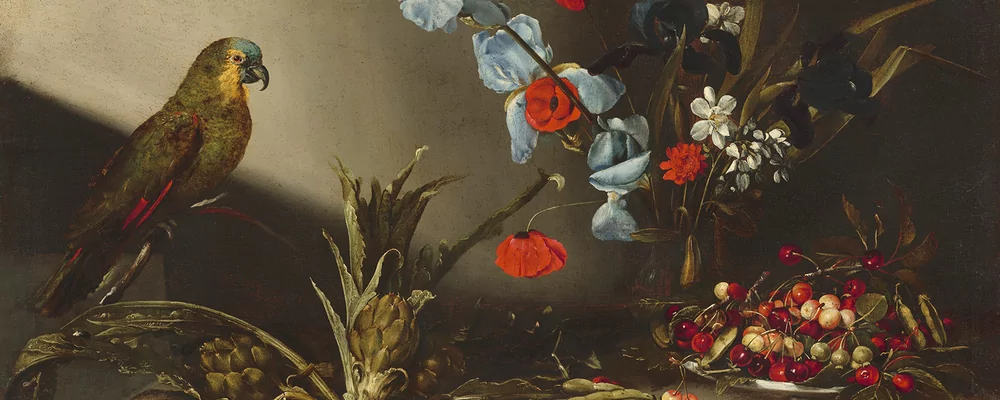
Nature morte au perroquet et aux artichauts, Italie, Anonyme, XVII e siècle (Washington D.C., NGA, inv. 1988.23).
The research carried out within the framework of this theme questions the idea and definition of an artistic Europe. As part of a global art history, related to the representation of Europe, artistic production is sometimes thought of as "European", or on the contrary, as "extra-European".
Western conceptual frameworks for the analysis of art are thus examined, as well as artistic or cultural hierarchies.
Theme’s news
Books
Publications
Media
« Les heureuses surprises de l’architecture palladienne » André Chastel, action publique et scientifique entre Vicence et la France
Lecture

Centre Chastel
07.02.2024
Video
